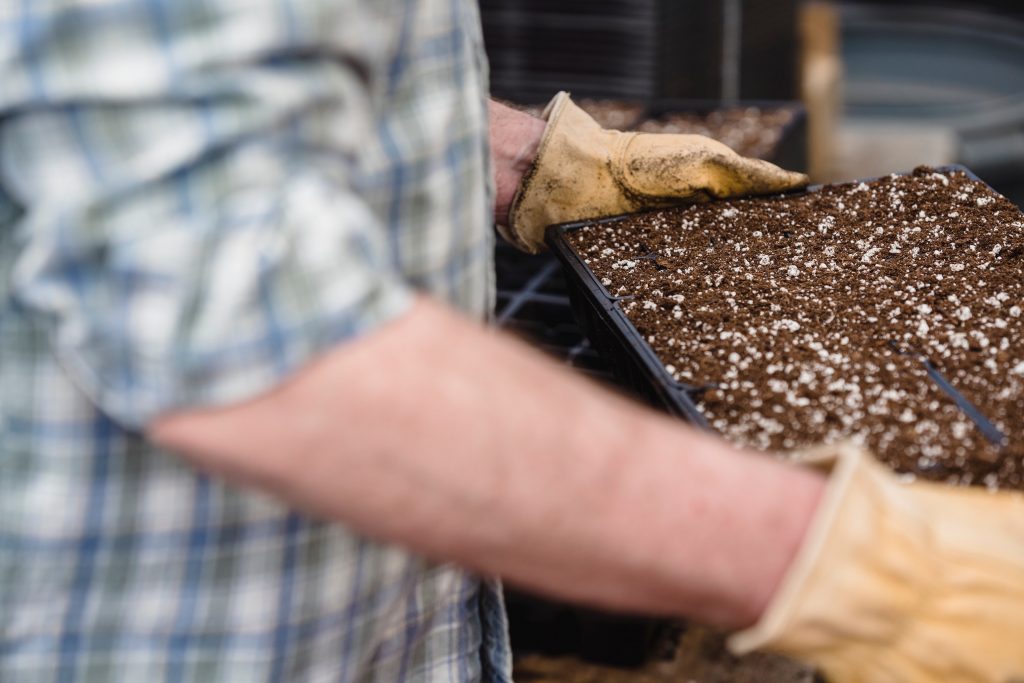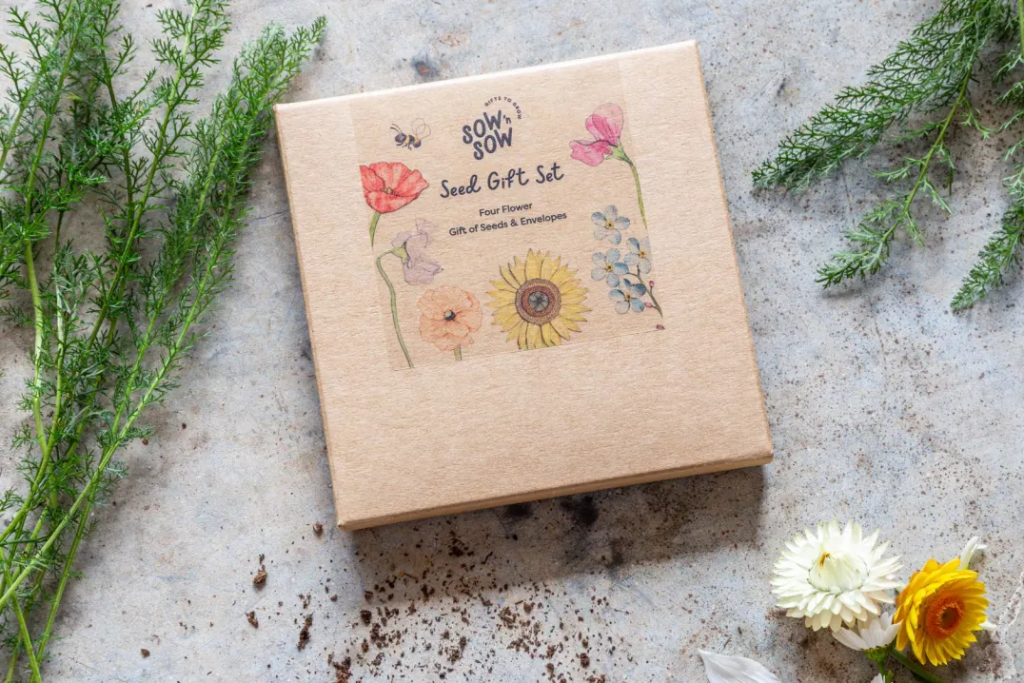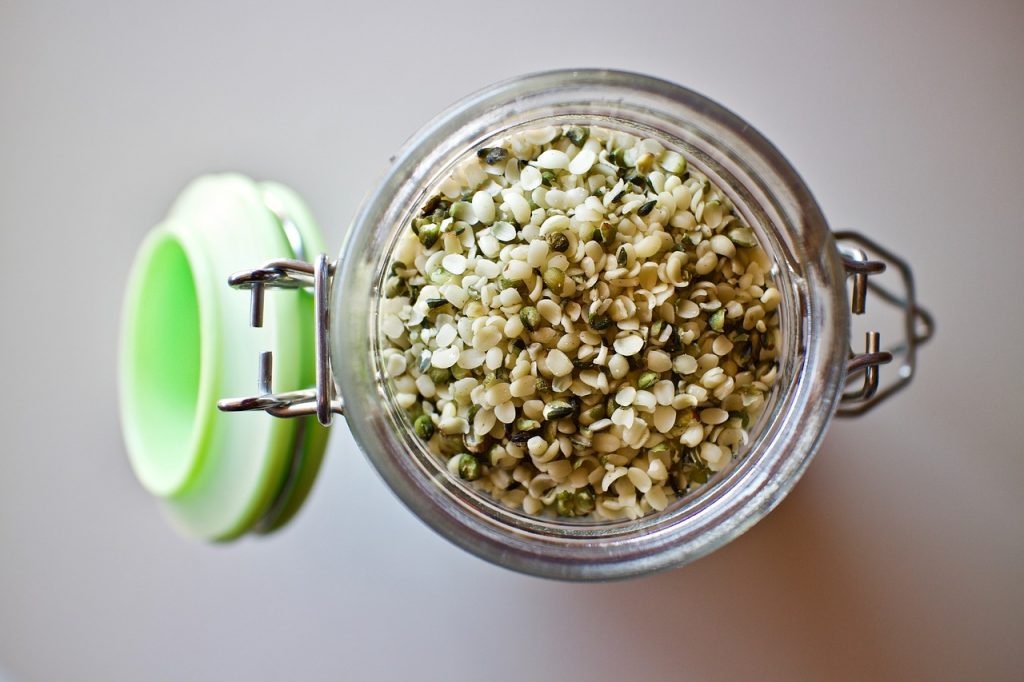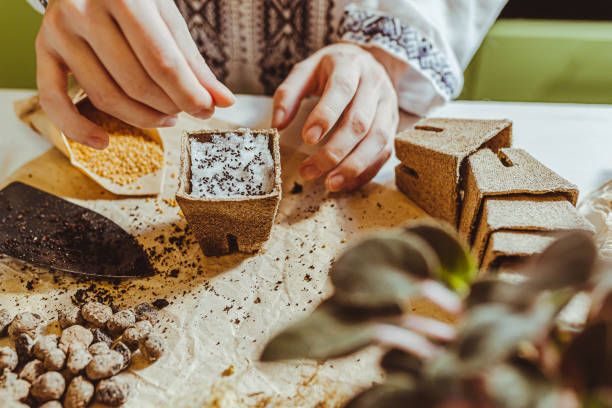Gathering and storing plant seeds so they can be used in upcoming growing seasons is known as seed saving. Farmers, gardeners, and indigenous communities all over the world have been saving seeds for thousands of years. Supporters claim that this practice is critical to retaining our food systems’ sustainability and genetic diversity.
Seed saving has numerous advantages for small farmers. We are maintaining each plant variety’s distinct features and characteristics when we save its seeds. This prevents genetic information from being lost, which can happen when using hybrid and genetically modified seeds, and it also helps to preserve the biodiversity of our food systems. Check out How To Save Seeds For Next Season.
Selecting which seeds to save Select the right plants
Select the right plants
Not every plant is good for preserving seeds. Select heirloom or open-pollinated plants, as they are more likely to yield true-to-type seeds.
Know your plants
Different plants generate seeds in different ways, so it’s critical to understand how your plants generate seeds and the best method for preserving them.
Prepare in advance
Don’t harvest every fruit or pod on your plants; instead, allow some of them to go to seed. This ensures you have an adequate supply of seeds for future growing seasons. One of the most crucial aspects of how to save seeds for next season is proper storage. Store seeds in a dry and cool place, ideally in a sealed envelope or plastic bag to protect them.
Also read: What’s hot: Raised garden beds
Different types of Seed Saving:

Image: Sow n Sow Gift Seeds
Drying Seed Saving
Drying is the process of getting rid of the moisture in the seed. To retain seed viability and vigour during storage, it is important to dry the seed to safe moisture limits. Otherwise, mould growth, heating, and increased microbial activity can cause the seed to deteriorate rapidly.
This method is applied to seeds from plants like lettuce, beans, and peas that are produced in dry pods or fruits. Before harvesting, let the fruits or pods dry on the plant to preserve these seeds. After the seeds are completely dry, take them off the plant and put them somewhere cool and dry to store.
Wet Seed Saving
This method is applied to seeds found in fleshy fruits like cucumbers and tomatoes. Remove the seeds from the fruit and soak them in water for a few days to break down the gel-like coating that protects the seed. This will preserve the seeds. After cleaning, pat dry the seeds with a paper towel before putting them away.
Freezing
If you know you won’t need seeds for longer than a season, freezing is an excellent way to store them for extended periods of time. While freezing keeps seeds dormant, it can be dangerous if you intend to remove them frequently or in the event of a power outage. The seeds may become stressed and rot if they are repeatedly thawed and refrozen.
Certain seeds can be killed by improper freezing, but other seeds might not be as picky. In fact, many seeds for wildflowers, trees, and shrubs need to undergo stratification—a period of cold—in order to sprout. If you store the seeds in a refrigerator jar, they should be kept for ten to fifteen years.
Fermentation Seed Saving
Certain seeds need to be fermented in order to get rid of chemicals in the seed coat that prevent germination. The fermentation process is a natural process that occurs when fruits decompose or travel through an animal’s digestive system.
Additionally to killing some seed-borne pathogens, fermentation can speed up germination. This means that fresh plants can be planted in the remaining portion of the bed.

Photo: Pixabay
Some seed savers use tiny crystal containers, pillboxes, or plastic containers. Some people avoid plastic entirely. To prevent condensation, insects, and rodents from entering, the container must be sealed. Make sure your written statement has as much information as possible if you would like to trade some of your seeds.
In that case, a photo of the plant and its products would be beneficial as well. Seed swapping, which has long been a passionate practice in other countries, is becoming more and more common in South Africa as part of the process of saving. Seed savers collect their “product” and exchange it with other savers or sell it to the general public on a regular basis.

